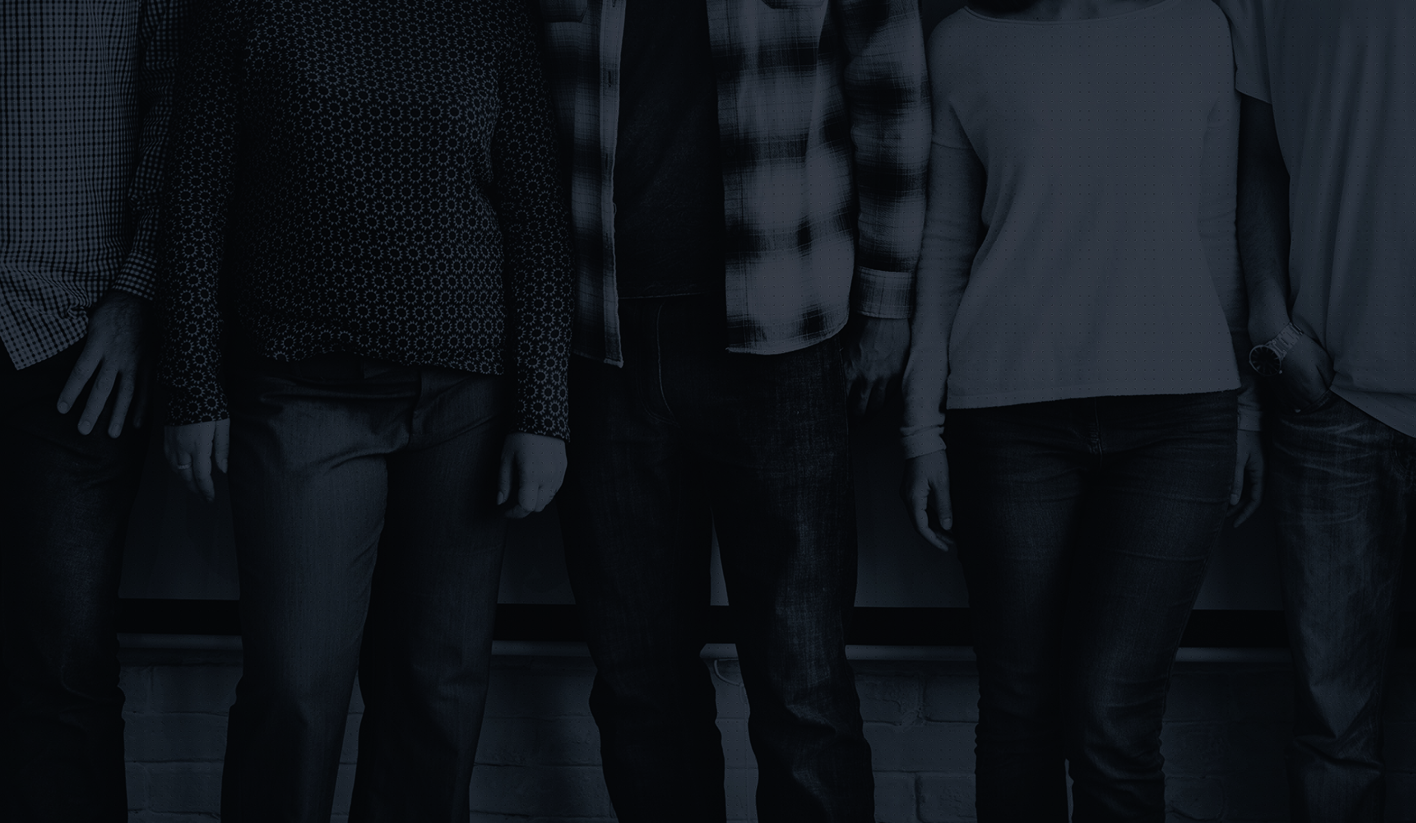In the wake of COVID-19, Leapgen (HR analysts and consultants) replaced the phrase “future of work” with NOW of work, because COVID-19 propelled the digital world forward almost instantaneously. The NOW of Work is not bound by the same rules that have dictated the world of work since the industrial revolution. A long overdue, distributed work model has arrived. The barriers of fixed working hours, system standardization for economies-of-scale, top-down organizational hierarchies, and siloed business operations give way to more flexible, network-centric organizational structures. The digital workplace experience platform meets the Now of Work just in time.
The Digital Workforce Experience
As the NOW of Work becomes more distributed, so will workforce experience. With this in mind, how do you avoid a fragmented, disjointed, and complicated experience? Answer: you need to establish a Frictionless Workforce Experience framework that provides employees with the right “product” to the right “person” at the right “moment” through the right “channel”.
Figure 3: Leapgen’s Frictionless Workforce Experience Framework
Employee Experience Design for the NOW of Work
A critical step as organizations embark on a digital employee experience platform initiative is to identify key populations, understand how they work, and recognize their needs, frustrations, and work-life journeys. Human-centered, also referred to as design thinking, is a proven methodology for creating data-driven experiences that consider the unique wants and needs of your workers. A closer look at experience design spotlights how it can be used as a differentiator to respond to rapidly changing business scenarios and workforce demands.
The NOW of Work calls for human-centered design thinking. The norms of work and the world around us continue to be challenged. It is apparent that we must define new, uncharted ways of approaching work. Through this common framework, human-centered design can quickly and effectively garner a broad and sustaining commitment to constant change.
As a part of the human-centered design process, you create enterprise personas, which represent a segment of the workforce. Personas answer the question, “Who are we designing for?” and align strategy and goals to specific employee groups.
Below are five steps to help your team start to create enterprise personas:
- Identify your segments by dissecting each population at each stage of their employment lifecycle.
(e.g., Candidate, New Employee, Contingent (Contract-based, Consulting/Project-based), Internal Transfer Employee, Team Leader, Full-Time, Part-Time, Hourly, Salary-based Worker, etc.).
You can also segment workers by full-time remote, deskless, hybrid office, and field / functional areas such as corporate vs. factory.
- Determine the persona dimensions that could impact the experience and should be represented across populations.
(e.g., expectations, demographics, technographics, etc.).
- Establish the key questions you want to ask each population and the channels through which you intend to collect the data.
(e.g., pulse surveys, interviews, focus groups, etc.).
- Collect and analyze the data and feedback and summarize it into a ‘persona profile’ and validate the persona with representatives from each population. Through persona design workshops or focus groups, teams can start developing a persona to guide the design of a positive work experience for those who match that persona.
- Identify key processes like getting hired, onboarding, getting promoted, taking leave due to a life event, ongoing team-based projects.
These journeys comprise unique moments and transitions that matter, but often are missed.
Enterprise persona composite as a part of Leapgen’s design thinking principles.
Authors
Jim Holincheck has more than 25 years of experience in the HCM technology industry and is the Vice President of Advisory Services at Leapgen. Before joining Leapgen, Jim gained experience as a vendor (Workday - Services Strategy and Product Management), an industry analyst (Gartner and Forrester/Giga), and a consultant (Accenture). He has spent his entire career working with customers to strategize, select, implement, support, and optimize their usage of enterprise applications. Helping customers successfully get the most out of their enterprise software investments is something he is very passionate about. Jim graduated from Washington University with a BS in Electrical Engineering and an MBA in 1988.
Jim Scully is a recognized industry expert in the design and optimization of HR service operations. With nearly 25 years of related professional experience, both as a consultant and practitioner, plus extensive practice research as founder of the HR Shared Services Institute, Jim has unparalleled expertise in the field of HR shared services and service operations. In addition, Jim brings operational excellence background, including TQM, Lean, Six Sigma, and Theory of Constraints (TOC) to the realm of HR service delivery to go beyond mere consolidation to create what he calls the “Delivery Center of Excellence.”




-1.png?width=420&height=134&name=applaud_award_logos_aug2021_img%20(1)-1.png)